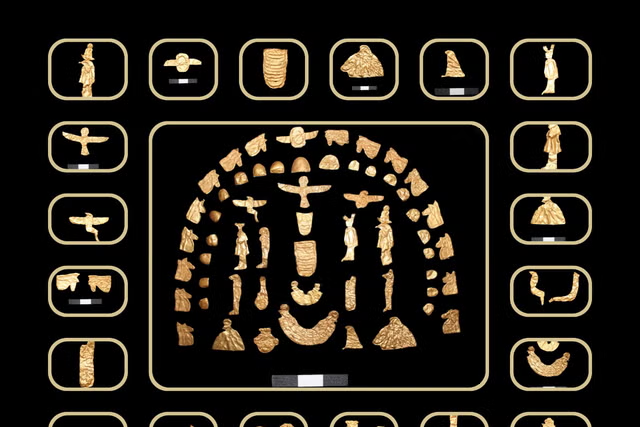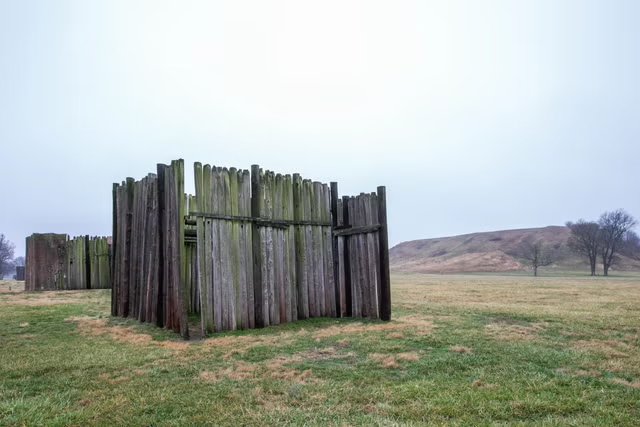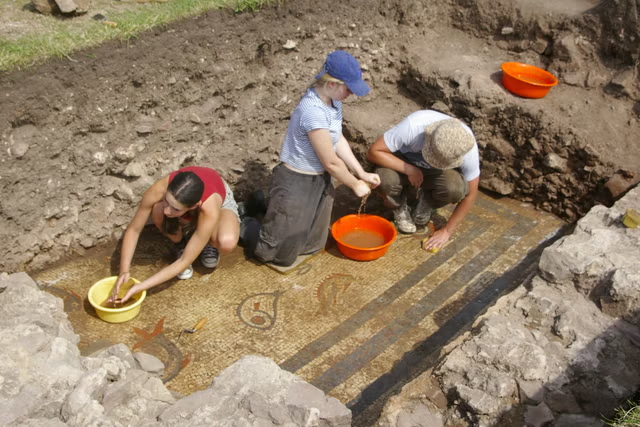Support truly
independent journalism
Support Now
Our mission is to deliver unbiased, fact-based reporting that holds power to account and exposes the truth.
Whether $5 or $50, every contribution counts.
Support us to deliver journalism without an agenda.

Louise Thomas
Editor
A vast submerged mountain that likely sank off the coast of modern-day Spain’s Canary Islands millions of years ago might have inspired the legend of Atlantis, scientists say.
The seamount, dubbed Mount Los Atlantes, has three inactive volcanoes each about 50km (30 miles) in diametre with their bases over 2km under the ocean surface, according to researchers from Spain’s Geological and Mining Institute (CSIC).
These volcanoes were once part of a system of islands located east of Lanzarote – off the coast of West Africa – during the Eocene era between 56 and 34 million years ago, CSIC said.
“They were islands in the past and they have sunk, they are still sinking, as the legend of Atlantis tells. Some of us have been able to verify that they still maintain their beaches,” geologist and project coordinator Luis Somoza said.
“This could be the origin of the Atlantis legend,” Dr Somoza told Live Science, referring to the fictional island off the Strait of Gibraltar mentioned in Plato’s works.

In the new research, a team of geologists aboard the Sarmiento de Gamboa, an oceanographic vessel of the CSIC, used an advanced remotely operated vehicle (ROV) to survey the waters at depths close to about 2.5km for a better understanding of the region’s volcanic activity.
The ROV had 5K ultra-resolution cameras and robotic arms for sampling the seabed as well as gas sensors to look for signs of carbon dioxide and methane in the water.
Researchers assessed the state of the seabed around the archipelago from 27 June to 6 August, looking for signs of magma and underwater volcanic activity that may pose risks to Spain’s population in the future.
They also assessed the formation of underwater minerals in such extreme conditions as well as the water’s levels of microorganisms promoting the formation of metals like manganese, cobalt, and phosphates, which are important for energy transition.
Some of the volcanoes in the underwater region may be more modern than previously thought, and could be the submarine equivalents of Spain’s Timanfaya volcano system, the study suggested.

Researchers say these underwater mountains could be considered ancestors of the current Canary Islands archipelago.
The recent underwater robotic survey reveals rich life on the sea floor with volcanic flows forming lava deltas.
Some of these lava channels could be as deep as 1.2km, scientists say, adding that the chambers form “impressive pipes” at great depths.

Researchers also found evidence of underwater life “being reborn” in the region after recent eruptions.
They found new coral gardens and sponges as well as areas covered with “bacterial tapestries” next to the underwater volcanoes.
Disclaimer: The copyright of this article belongs to the original author. Reposting this article is solely for the purpose of information dissemination and does not constitute any investment advice. If there is any infringement, please contact us immediately. We will make corrections or deletions as necessary. Thank you.



